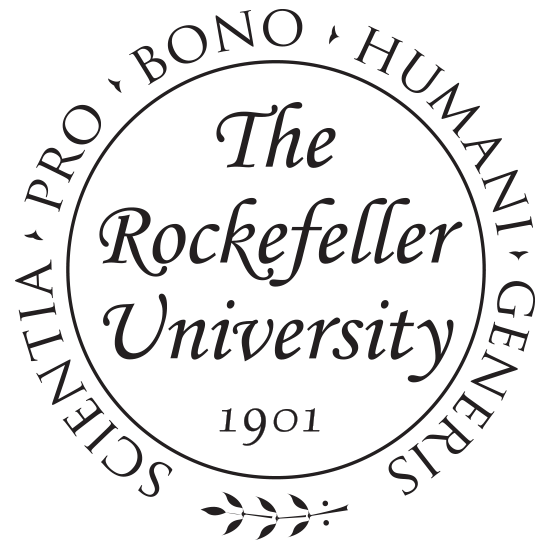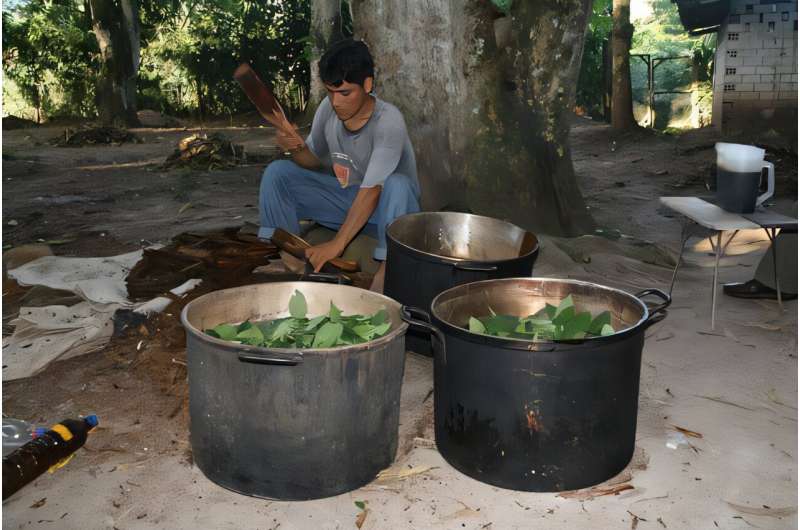Sol-Gel Technologies (NASDAQ: SLGL) has seen its price target dramatically increased from $6.00 to $50.00 following a research note from HC Wainwright published on Monday. This adjustment reflects the firm’s confidence in the company’s growth potential, as they maintain a buy rating on the stock.
Analysts at HC Wainwright have also provided earnings estimates for Sol-Gel Technologies, projecting a loss of $2.09 per share for the third quarter of 2025 and a return to profitability with earnings of $0.40 per share in the fourth quarter of the same year. The forecasts continue into 2026, with projected losses for the first three quarters, ultimately estimating a loss of $6.60 per share for the fiscal year.
Several other financial institutions have recently weighed in on Sol-Gel Technologies. Weiss Ratings reaffirmed a “hold” rating with a grade of C- in a note issued on October 8. Meanwhile, Wall Street Zen upgraded the stock to a “buy” rating on September 13. Currently, the stock enjoys a consensus rating of “Moderate Buy” among analysts, with an average target price matching the new figure of $50.00, according to MarketBeat.com.
In its latest earnings report released on August 15, Sol-Gel Technologies reported earnings of $4.17 per share, far exceeding the consensus estimate of a loss of $0.67 by $4.84. The company recorded revenue of $17.26 million, significantly surpassing analyst expectations of $2.86 million. Despite these positive results, Sol-Gel Technologies has a negative return on equity of 11.80% and a net margin of 14.25%.
Looking ahead, sell-side analysts anticipate that Sol-Gel Technologies will report earnings per share of -0.28 for the current fiscal year.
Overview of Sol-Gel Technologies
Based in Israel, Sol-Gel Technologies Ltd., together with its subsidiary, develops innovative topical dermatological treatments for patients with severe skin conditions. Among its products are Twyneo, a once-daily non-antibiotic cream for treating acne vulgaris, and Epsolay, designed for the treatment of papulopustular (subtype II) rosacea.
As the company continues to evolve, these developments indicate a growing confidence among analysts about its future performance in the dermatological market.







